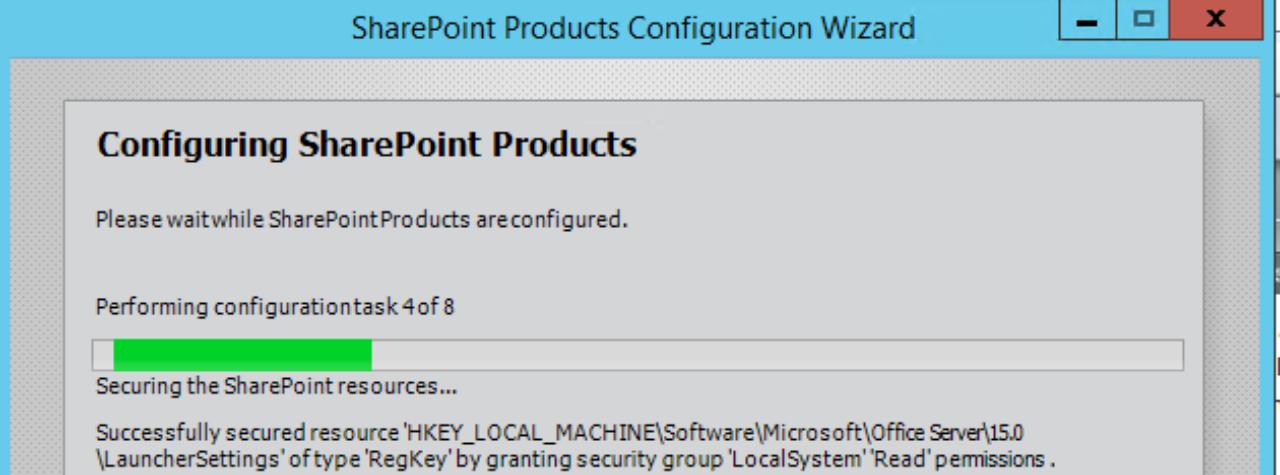User Profile Synchronization connection page(http://centraladmin:1234/_layouts/15/mgrdsserver.aspx) can have trouble loading the connections. This can toss the generic error “An error has occurred while accessing the SQL Server database or the SharePoint Server Search service. If this is the first time you have seen this message, try again later. If this problem persists, contact your administrator.”

ULS
Taking a look at the ULS logs from the Central Admin server we can see why it is failing.
02/01/2019 12:33:12.28 w3wp.exe (0x1878) 0x365C SharePoint Portal Server SharePoint Portal Server User Profiles d3b3 High LoadConnections failed trying to fill the connections list. Most likely during RetriveResources because of permissions — System.ServiceModel.EndpointNotFoundException: There was no endpoint listening at http://syncserver:5725/ResourceManagementService/MEX that could accept the message. This is often caused by an incorrect address or SOAP action. See InnerException, if present, for more details. —> System.Net.WebException: Unable to connect to the remote server —> System.Net.Sockets.SocketException: A connection attempt failed because the connected party did not properly respond after a period of time, or established connection failed because connected host has failed to respond 192.168.1.55:5725 at System.Net.Sockets.Socket.DoConnect(EndPoint endPointSnapshot, SocketAddress socketAddress) at System.Net.ServicePoint.ConnectSocketInternal(Boolean connectFailure, Socket s4, Socket s6, Socket& socket, IPAddress& address, ConnectSocketState state, IAsyncResult asyncResult, Exception& exception)
Things to Check
We need to check a few things on ‘syncserver’. First, is the FIM service started in Services.MSC

Can we browse http://syncserver:5725/ (taken from the ULS logs) from the Central Admin server? Below should be what should load.

FIREWALLS
Timing out could be due to firewall rules. FIM provisions the firewall Inbound Rules for only Local Subnet.

Changing this from ‘Local subnet’ to ‘Any IP Address’ if the two servers are on different subnets. This should be done for both rules.

